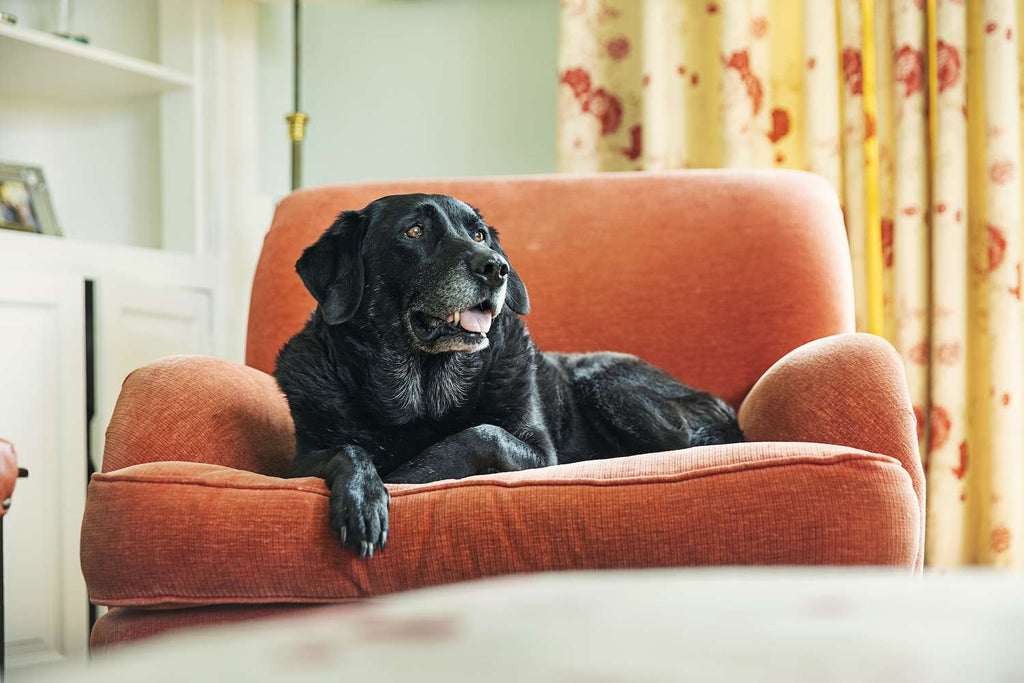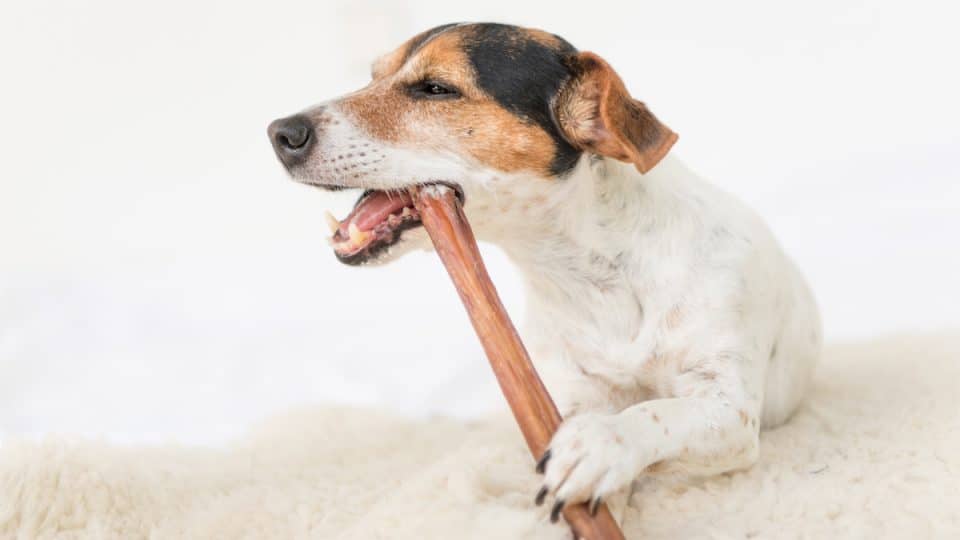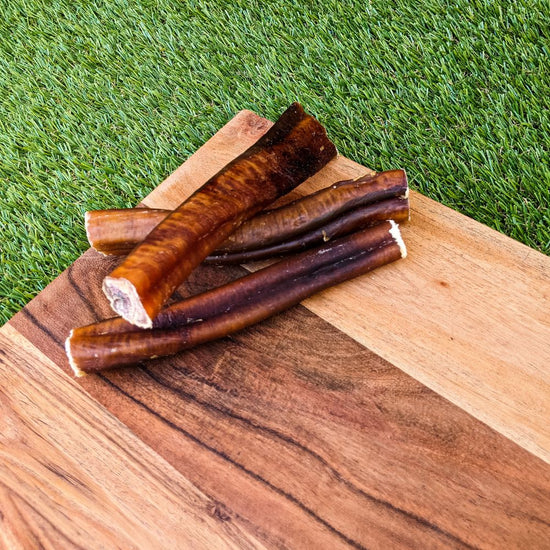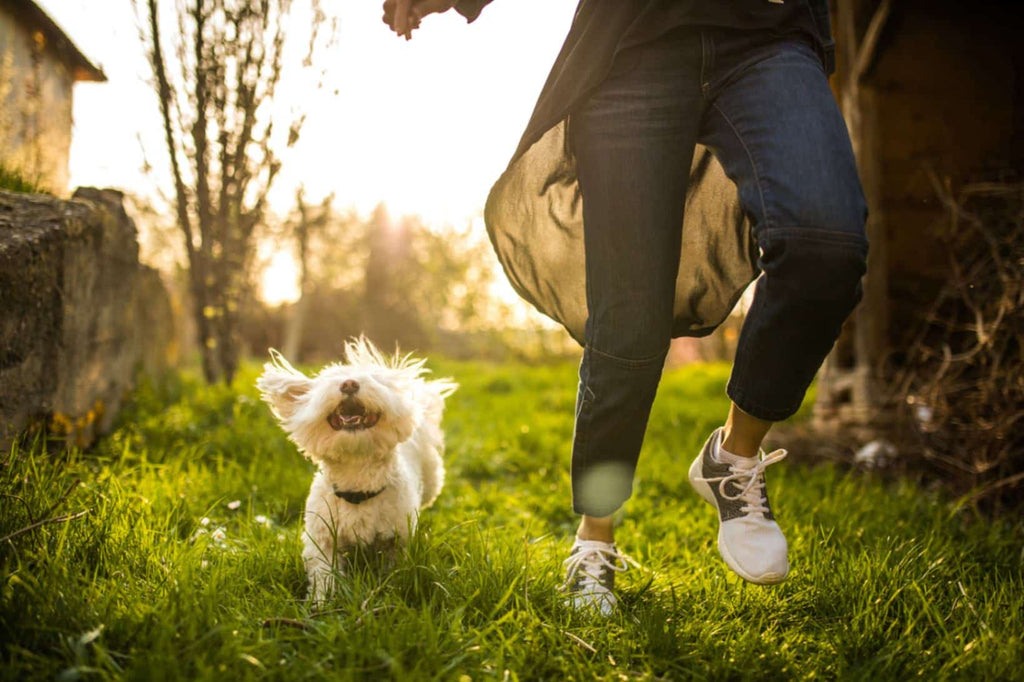
The Ultimate Guide to Creating a Dog-Friendly Home: Tips, Tricks, and Essential Modifications

Creating a dog-friendly home is essential for ensuring the safety, comfort, and happiness of your furry friend. A well-designed environment can cater to your dog's needs, reduce anxiety, and prevent behavioral issues. This comprehensive guide covers everything you need to know about making your home dog-friendly, from essential modifications to tips for maintaining a harmonious living space.
Section 1: Essential Home Modifications
1. Flooring: Choosing the right flooring is crucial for a dog-friendly home. Consider these options:
- Non-Slip Flooring: Tiles, laminate, and vinyl are excellent choices because they are durable and easy to clean. Ensure they have a non-slip finish to prevent accidents.
- Carpet: Provides comfort and reduces noise but can be challenging to clean. Opt for stain-resistant and low-pile carpets to make maintenance easier.
- Area Rugs: Use area rugs or mats in high-traffic areas to provide traction and comfort for your dog.
2. Furniture Protection: Protect your furniture from dog-related wear and tear with these tips:
- Slipcovers: Use washable slipcovers on sofas and chairs to protect them from fur, dirt, and scratches.
- Pet-Friendly Fabrics: Choose durable, easy-to-clean fabrics like leather or microfiber.
- Furniture Placement: Arrange furniture to create a safe space for your dog to move around without knocking over items.
3. Safe Spaces: Create designated safe spaces for your dog to relax and feel secure:
- Dog Beds: Provide comfortable dog beds in different areas of the house. Orthopedic beds are great for older dogs with joint issues.
- Crate: Use a crate as a safe den for your dog. Ensure it is the right size and make it cozy with bedding and toys.
- Quiet Zones: Designate quiet areas away from household activity where your dog can retreat and relax.
4. Dog-Proofing: Ensure your home is safe and dog-proofed to prevent accidents:
- Hazardous Items: Keep toxic plants, chemicals, and small objects out of reach.
- Cables and Wires: Secure cables and wires to prevent chewing.
- Trash Cans: Use dog-proof trash cans or keep them in inaccessible areas.
Section 2: Creating a Stimulating Environment
1. Interactive Toys: Provide a variety of interactive toys to keep your dog mentally stimulated:
- Puzzle Toys: Toys that dispense treats or require problem-solving can keep your dog engaged for hours.
- Chew Toys: Durable chew toys help satisfy your dog’s natural chewing instincts and keep them occupied.
- Fetch Toys: Balls, frisbees, and other fetch toys encourage physical activity and play.
2. Outdoor Spaces: If you have a yard, make it a dog-friendly oasis:
- Secure Fencing: Ensure your yard is securely fenced to keep your dog safe.
- Shaded Areas: Provide shaded areas where your dog can rest and stay cool.
- Digging Zone: Create a designated digging area with sand or loose soil to satisfy your dog’s digging instincts.
- Water Feature: Install a shallow water feature or kiddie pool for your dog to cool off and play in.
3. Sensory Enrichment: Incorporate sensory enrichment elements to keep your dog’s senses engaged:
- Aromatic Plants: Plant dog-safe aromatic herbs like mint, basil, and lavender in your garden.
- Scent Trails: Create scent trails in your yard using treats or toys for your dog to find.
- Sound Toys: Toys that make noise, like squeakers or crinkle toys, can provide auditory stimulation.
Section 3: Maintaining a Harmonious Living Space
1. Training and Boundaries: Training is key to maintaining harmony in a dog-friendly home:
- Obedience Training: Teach basic commands like “sit,” “stay,” and “leave it” to manage your dog’s behavior.
- Boundary Training: Use positive reinforcement to establish off-limits areas in the house.
- Consistent Rules: Ensure all family members follow the same rules and training methods to avoid confusing your dog.
2. Routine and Structure: Dogs thrive on routine and structure. Establish consistent daily routines for feeding, exercise, and playtime to help your dog feel secure.
3. Cleaning Tips: Keep your home clean and odor-free with these tips:
- Regular Grooming: Regularly groom your dog to reduce shedding and keep their coat clean.
- Vacuuming: Use a vacuum designed for pet hair and clean floors and furniture frequently.
- Air Purifiers: Use air purifiers to reduce pet dander and improve indoor air quality.
4. Socialization: Socializing your dog is crucial for their mental and emotional well-being:
- Meet and Greets: Arrange playdates with other dogs and introduce your dog to new people regularly.
- Outings: Take your dog on outings to different environments to expose them to various sights, sounds, and smells.
- Training Classes: Enroll your dog in training or socialization classes to improve their behavior and social skills.
Conclusion
Creating a dog-friendly home involves thoughtful planning and modifications to ensure the safety, comfort, and happiness of your furry friend. By making essential home adjustments, providing a stimulating environment, and maintaining a harmonious living space, you can create an ideal home for both you and your dog. Remember, a happy dog contributes to a happy household, and the effort you put into creating a dog-friendly environment will be well worth it.
FAQs:
Q: How can I prevent my dog from chewing on furniture? A: Provide plenty of chew toys, use deterrent sprays, and ensure your dog gets enough physical and mental stimulation.
Q: What are some dog-friendly plants I can use in my garden? A: Safe options include sunflowers, marigolds, rosemary, and lavender.
Q: How do I keep my home clean with a dog? A: Regularly groom your dog, vacuum frequently, use washable slipcovers on furniture, and consider using air purifiers.
For more detailed information and resources, you can visit ASPCA, DogTime, and American Kennel Club.






